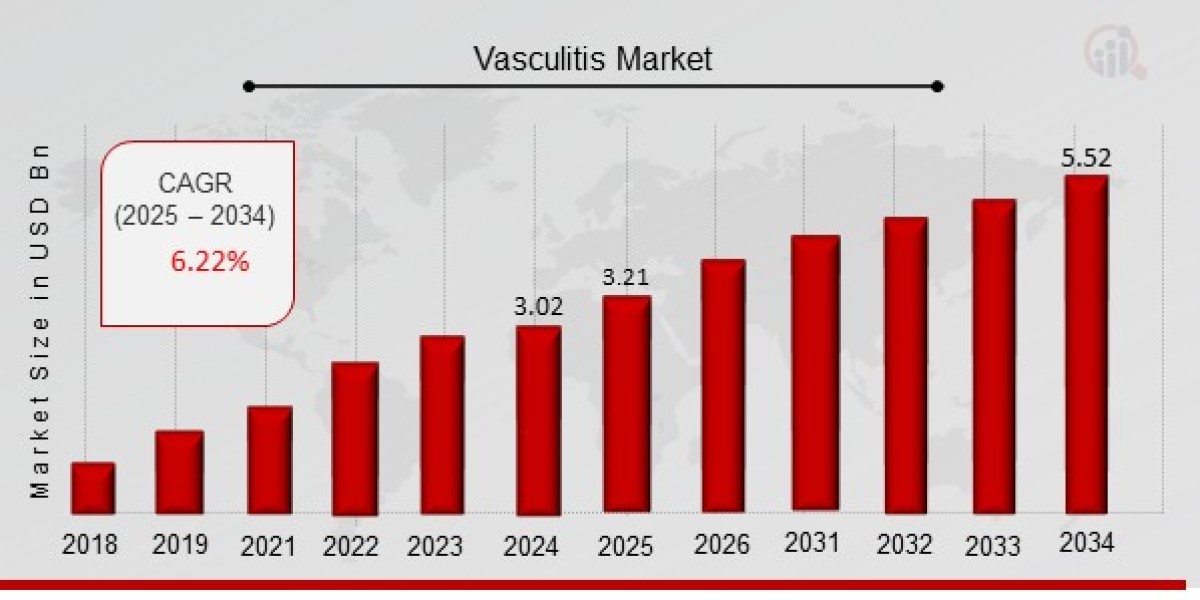Integrating Geographic Information Systems (GIS) and mapping software into mining operations can significantly enhance efficiency, safety, and decision-making.
Lets explore the steps to integrate GIS and mapping softawre in mining
1. Assess Your Needs
Before diving into the technical aspects, understand why you need GIS and mapping software. Are you looking to improve exploration, manage data better, enhance safety, or streamline operations? Knowing your goals will help in choosing the right tools and approaches.
2. Choose the Right Software
There are various GIS and mapping software options available, such as ArcGIS, QGIS, MapInfo, and others. Evaluate their features, costs, and compatibility with your existing systems. Consider software that is user-friendly and offers good customer support.
3. Collect Data
Gather all the relevant data you need. This could include geological maps, topographic maps, satellite imagery, and data from previous surveys. Ensure your data is accurate and up-to-date to get the best results.
4. Prepare Your Data
Once collected, your data might need cleaning and formatting. Convert all the data into compatible formats for your GIS software. Ensure that all data layers are correctly aligned and georeferenced.
5. Install and Set Up the Software
Install the GIS and mapping software on your computers. Set up a central database where all your data will be stored. This database should be accessible to all team members who need it.
6. Train Your Team
Provide training sessions for your team to ensure they understand how to use the new software. This training should cover basic functions, data input, and how to generate reports and maps.
7. Integrate with Existing Systems
If you have existing software and systems, ensure that your new GIS and mapping software can integrate with them. This might involve configuring APIs or using import/export functions to move data between systems.
8. Start Using the Software
Begin with simple tasks such as creating basic maps and visualizations. As your team becomes more comfortable, you can start using more advanced features like 3D modeling, spatial analysis, and predictive analytics.
9. Monitor and Evaluate
Regularly monitor the use of the software and evaluate its impact on your operations. Gather feedback from your team and make necessary adjustments. This could involve additional training or tweaking the software settings.
10. Stay Updated
Technology is always evolving. Keep your software up-to-date with the latest versions and features. Stay informed about new tools and trends in GIS and mapping to continually improve your mining operations.
Conclusion
Integrating GIS and mapping software into mining operations can transform your efficiency, safety, and decision-making capabilities. By following these steps—assessing your needs, choosing the right software, collecting and preparing data, installing and setting up the software, training your team, integrating with existing systems, starting with simple tasks, monitoring and evaluating progress, and staying updated—you can ensure a smooth transition. Embracing modern technology through Mining Industry Software Development Services allows you to stay competitive and innovative, paving the way for more effective and streamlined mining operations.









